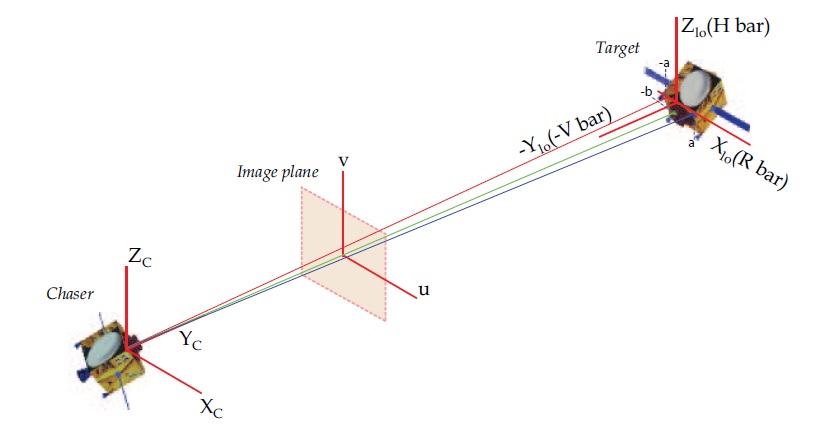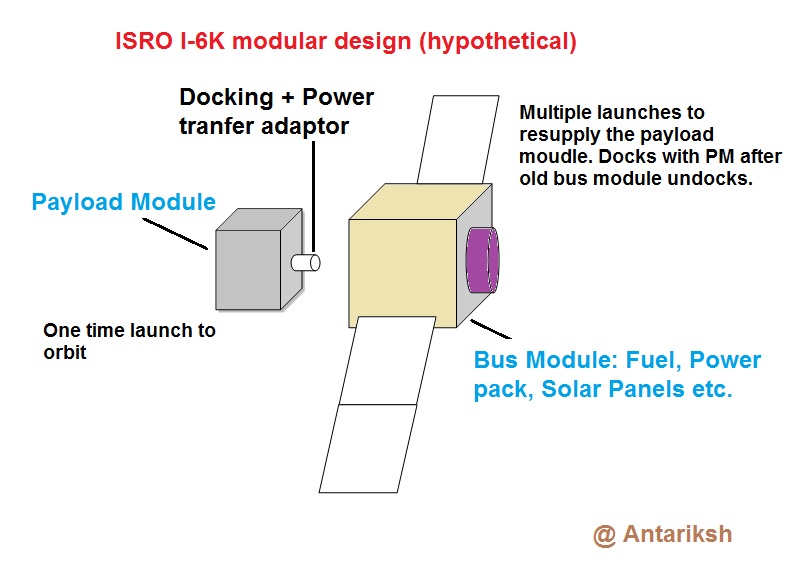shiv wrote:The Boeing 747 - A 380 example is relevant in that Airbus felt that 747 was long in tooth and decided to put in a competitor. Boeing decided to stay out. A 380 is not doing well.
I am not sure that we are "competing". We are behind and are going to stay behind in a market that has many players who can loft heavier weights into orbit than us and private players who can do it cheaper. We are watching what others are doing and trying to catch up.
If we must look ahead we need to undercut or bypass the advantages that these players have. No point chasing them except to the extent we need for our own satellites - by the time we catch up they will be a step ahead in the game. This is true of all high-tech segments. We are not going to grab a monopoly segment of the market - which is what is needed to become a world leader.
Ah. Now we have strayed into Strategy & PissNess and more specifically into "Technology Strategy" , where I of course have the "Upper Hand" (with a vert long one at that ), so do let me expound or do "Vyakhyaanam" .
B747 vs A380 . This is a classic example of a strategy implementation (of a game theory based deterrence) of an entry barrier. It is done in all instances where 1) Fixed costs/ Entry costs are very high 2) The overall market size is limited 3) 1 and 2 together deter new entrants.
How so ? Well, it takes tremendous amount of money to develop and certify a plane of the size of A380 , the market for planes of those size is limited and so what happens, ONCE you develop it and bring it into service ? Well, for a potential new entrant into it, the incumbent costs are now SUNK costs, while for the new entrant, he has to recover full investment costs AND realise a profit. The incumbent can and WILL sell the planes at marginal cost if NEED be , and the new entrant will NEVER make a profit and wont even recover his investment.
So, for the first entrant , it guarantees, a monopoly position in that segment and decades of fat juicy profits and margins. This is exactly what Boeing did with the 747 , in the early 60s , when Boeing
BET THE FARM on that plane and hence deterred competition in that segment and reigned unchallenged for
40 years, until new technology (composites and higher thrust and more efficient engines allowed twin engine planes A330, B777) allowed superior economics to a 4 engined all metal plane , and on the higher side was straddled by the A380 (with far newer tech), and hence fell between two stools.
Happens all the time in multiple industry. Is demand for a particular specialty chemical X million tons a year ?, Well, if you want to deter competition, the first entrant builds a plant of capacity 1.5 X million , they will deter any possible new entrant.
So how do you break into a market with such barriers erected (these kinds of things rely on economies of scale, the incumbent has lower costs due to economies of scale, while the entrant is sub-scale) is 1) Via technology
distribution disrpution 2) Govt action /regulatory action to break economies of scale of incumbent.
1) If ISRO develops a reusable rocket plane with fundamentally different economics ie. does a disrputive innovation ( a term so beloved to VCs and other useless types like me , and so cliched) .I am not talking of Space X type, but rather more like the Paul Allen type of lofting a rocket to high altitude and launching.. as someone posted , a airfoil develops 7X it's drag as lift and far more efficient in lifting things than fitting a rocket to the Mushrraf) , it will disrupt the entire rocket launch business.
2) With existing technology & attendant economics, disrupt economies of scale. This anyway happens. The satellite launch business in NOT a competitive market , but rather protected franchises by national govt. The US wont let India launch their satellites, the Europeans wont let us launch their's neither will the Chinese nor Japanese. In fact there is an "understanding" between US , the EU and also China not to compete on price for satellite launch services.
a) So in that case, the only competitive segment is for 3 rd country / non govt launches. Here there is true price competition.
b) Market a) is allied with satellite building business, which too is again an "protected" business. (US wont allow satellite exports for launch in India).
c) In current tech . Basically put rules saying that all Indian TV broadcasts have to be India built and/or India launched satellites (all the Asian guys who lease transponders here will fall in line and buy ISRO satellites and launch from here) ..
d) Once you have a domestic market of size, you can have the volumes and economies to compete in a)
End of Vyhakyanam (OT).


